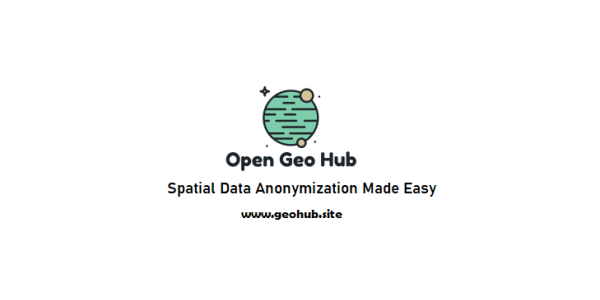PMAP institute founders Christopher Raymond (University of Helsinki), Marketta Kyttä (Aalto University) and Nora Fagerholm (University of Turku) will collaborate in the Transformative Cities project, which develops and utilizes participatory mapping methods alongside many other digital tools for accelerating the sustainability transition. 
Cities across the world are facing significant challenges in achieving the climate and biodiversity goals as soon as possible. To enable sustainability transformation, Transformative Cities project claims that nature-based solutions (NBS) including systemic approaches combining e.g., stormwater wetlands, neighbourhood green spaces and networks of green corridors need to be considered alongside transportation infrastructure, given NBSʼ established role in providing for active mobility (Fastenrath et al., 2020), as well as biodiversity, carbon mitigation, climate resilience and well-being outcomes (Frantzseskaki & McPhearson, 2021; Raymond et al., 2017). However, a major knowledge gap is how to create digital urban planning tools that enable city and corporate planners, and citizens to work together across planning sectors to unlock trade-offs to sustainability transformation (Gret-Regamey et al., 2021; Raymond et al., 2022; McPhearson et al., 2021).
Chris, Marketta, Nora and a group of Finnish researchers joined forces with businesses and cities in the Transformative Cities project, which received €3 million in funding from the Academy of Finland for the period 2023–2025. Transformative Cities aims to create an integrated set of active and passive sensing, and transformative governance methods to inform rapid changes to carbon neutral and climate resilient futures by 2035. Transformative Cities moves beyond the state-of-the-art by combining active (including PPGIS and GEMA methods) and passive (big geospatial data) sensing systems, and transformative governance processes, collectively referred to as a ʻCompass for Transformationʼ. Across the project, there is strong emphasis on co-creating solutions for sustainability transformation across competence cluster members, which include: University of Helsinki, Aalto University, University of Eastern Finland and Turku University, ETH Zurich and New School New York; Cities of Helsinki, Lahti, Espoo and Oulu; KONE, YIT, Mapita, SOVA3D, ITS-Finland, HSY, Telia and Sitra.
Interested in learning more about the project? The project website will be released soon and linked to the PMAP website along with more detailed project description. You can naturally contact any of the Transformative Cities researchers from the PMAP institute in case you have questions:
Christopher Raymond, Marketta Kyttä, Nora Fagerholm and Tiina Rinne
References:
Fastenrath, S., Bush, J., & Coenen, L. (2020). Scaling-up nature-based solutions. Lessons from the
Living Melbourne strategy. Geoforum 116.
Frantzeskaki, N., & McPhearson, T. (2021). Mainstream nature-based solutions for urban climate
resilience. BioScience 72.
Grêt-Regamey, A., Switalski, M., Fagerholm, N., et al. (2021). Harnessing sensing systems towards
urban sustainability transformation. npj Urban Sustainability 1.
Gret-Regamey et al., 2021; Raymond et al., 2022; McPhearson et al., 2021).
McPhearson, T., M. Raymond, C., Gulsrud, N. et al. (2021). Radical changes are needed for
transformations to a good Anthropocene. npj Urban Sustain 1.
Raymond, C.M., Cebrián-Piqueras, M.A., Andersson, E., et al. (2022). Inclusive conservation and
the Post-2020 Global Biodiversity Framework: Tensions and prospects. One Earth 5.

